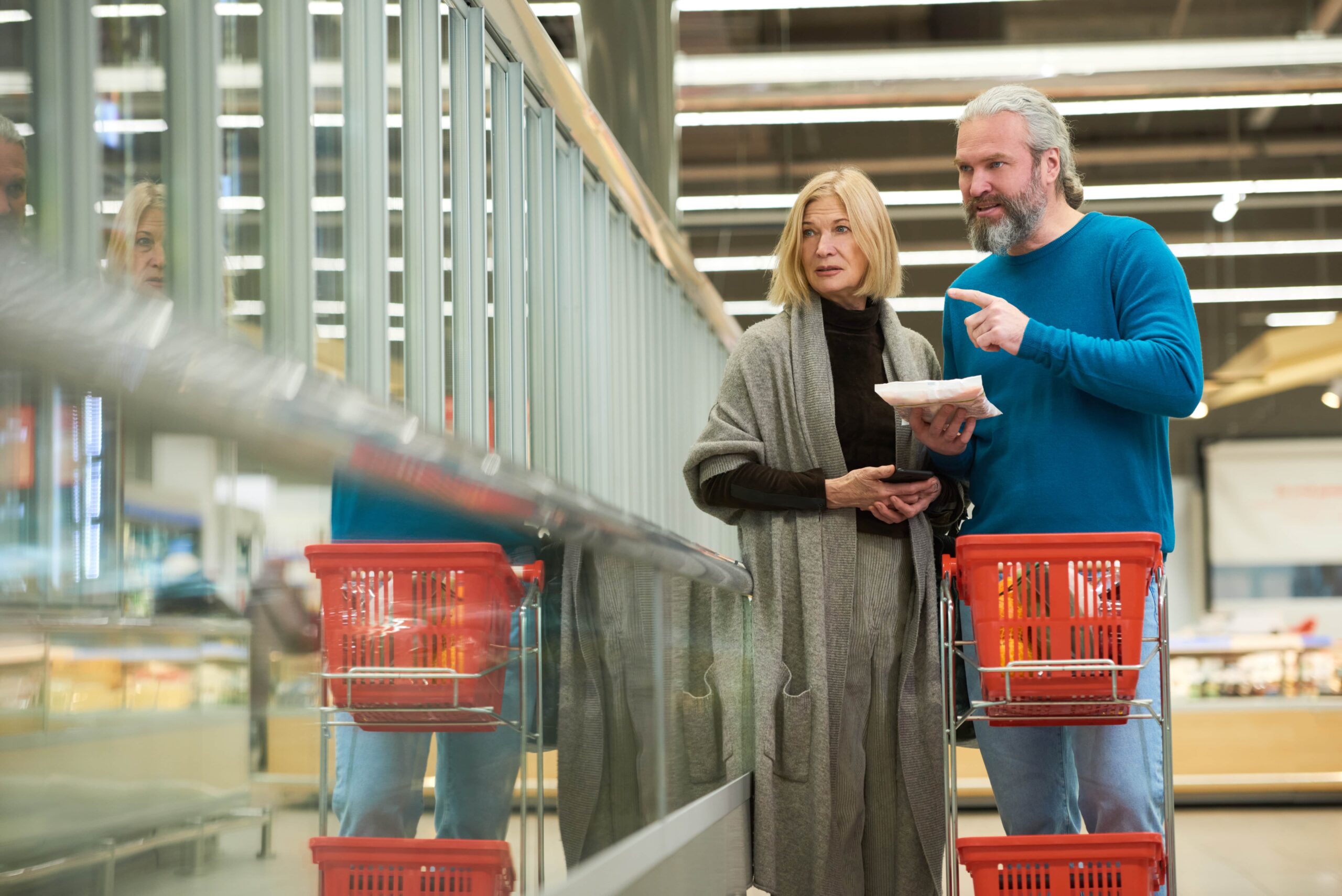
Wholesale food packaging is an extremely important factor in today’s highly competitive food market. It plays an important part in attracting consumers and optimising operating expenses. Because, when done correctly, it has the potential to both increase sales and decrease expenditures, it is an essential component of every successful food company. This in-depth guide will take you step-by-step through the most important methods and factors for maximising your income while simultaneously minimising your expenditures when it comes to leveraging wholesale food packaging.
-
Understanding the Importance of Wholesale Food Packaging
The primary function of wholesale food packaging is to safeguard the product during transport. It is a potent marketing instrument that promotes brand awareness, conveys product quality, and influences purchasing decisions. The proper packaging can distinguish your products from those of your competitors and entice potential customers.
-
Selecting Appropriate Packaging Materials
To ensure the quality and safety of your food products, it is crucial to select the proper packaging materials. Consider product type, shelf life, transportation requirements, and compliance with regulations. Choose materials that are eco-friendly, long-lasting, and appropriate for your particular food items. Cardboard, glass, plastic, and metal are typical materials for packaging.
-
Incorporating Branding and Design
Packaging is a chance to highlight your brand identity and establish a strong connection with your target audience. Create a visually enticing design that reflects the values of your brand and resonates with your customers. Utilise colours, fonts, and logos that are consistent with the overall image of your brand. Remember that packaging should convey a narrative and elicit feelings in consumers.
-
Highlighting Product Information
Transparency and plain product information are essential for establishing consumer trust. Include exhaustive information on nutritional statistics, ingredients, allergens, and applicable certifications. By providing information that is accurate and readily accessible, you demonstrate your dedication to consumer safety and satisfaction.
-
Utilising Sustainable Packaging Options
Sustainable packaging can be a potent differentiator in a market where consumers are increasingly environmentally conscious. Consider eco-friendly alternatives such as biodegradable materials, recyclable packaging, and waste reduction in packaging. Highlight your sustainable initiatives on the packaging in order to appeal to consumers who are environmentally conscious.
-
Convenience-optimized packaging
The importance of convenience in consumers’ purchasing decisions cannot be overstated. Ensure that your packaging is user-friendly, simple to open, and, if applicable, resealable. Consider portion control and single-serving packaging for consumption on the go. You improve the overall consumer experience and encourage repeat purchases by providing convenience.
-
Streamlining Packaging Operations
The effectiveness of packaging processes can have a significant impact on operational expenses. Consider automating your packaging process, standardising your packaging sizes, and optimising your inventory management as opportunities to expedite your packaging workflow. By decreasing packaging time and waste, you can reduce costs and boost productivity.
-
Implementing Economical Packaging Solutions
In wholesale food packaging, quality and cost must be balanced. Explore cost-effective alternatives that do not compromise the quality of your products. Consider purchasing in volume, negotiating with suppliers, and investigating alternative packaging designs in order to reduce material consumption. Conduct regular cost analyses to identify optimisation and cost-cutting opportunities.
-
Conducting A/B Testing and Gathering Customer Feedback
Continuous refinement is essential to any marketing strategy, packaging included. Evaluate the impact of various packaging designs on sales and consumer perception through A/B testing. In addition, actively pursue and analyse consumer feedback to comprehend their preferences and make packaging decisions based on data.
Conclusion
Wholesale food packaging is more than just a protective covering for your products. It is a powerful marketing tool that can boost sales and reduce costs. By understanding the importance of packaging, choosing the right materials, incorporating branding and design, emphasising product information, adopting sustainable solutions, optimising for convenience, streamlining processes, implementing cost-effective strategies, and gathering customer feedback, you can maximize the potential of your packaging to enhance your business’s success.
Remember, the ultimate goal is to create packaging that not only captivates consumers but also aligns with your brand values and enhances the overall customer experience. Invest in quality packaging, and you’ll reap the rewards of increased sales and reduced costs.
Take the first step today and revolutionize your wholesale food packaging strategy to drive success in the competitive food industry.
